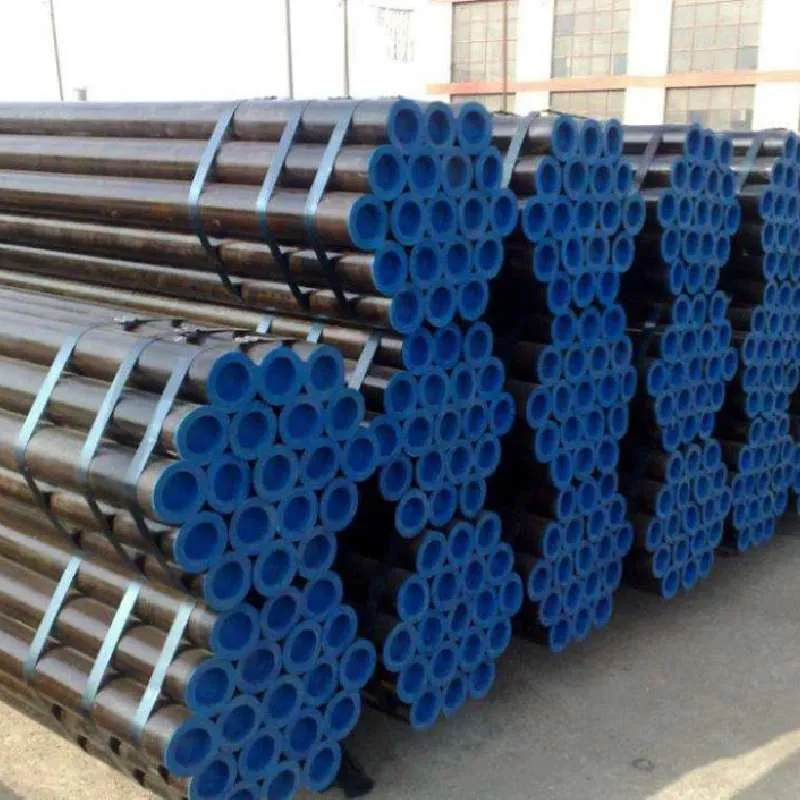-
Cangzhou Yulong Steel Co., Ltd.
-
Phone:
+86 13303177267 -
Email:
admin@ylsteelfittings.com
- English
- Arabic
- Italian
- Spanish
- Portuguese
- German
- kazakh
- Persian
- Greek
- French
- Russian
- Polish
- Thai
- Indonesian
- Vietnamese
- Zulu
- Korean
- Uzbek
- Hindi
- Serbian
- Malay
- Ukrainian
- Gujarati
- Haitian Creole
- hausa
- hawaiian
- Hebrew
- Miao
- Hungarian
- Icelandic
- igbo
- irish
- Japanese
- Javanese
- Kannada
- Khmer
- Rwandese
- Afrikaans
- Albanian
- Amharic
- Armenian
- Azerbaijani
- Basque
- Belarusian
- Bengali
- Bosnian
- Bulgarian
- Catalan
- Cebuano
- China
- China (Taiwan)
- Corsican
- Croatian
- Czech
- Danish
- Esperanto
- Estonian
- Finnish
- Frisian
- Galician
- Georgian
- Kurdish
- Kyrgyz
- Lao
- Latin
- Latvian
- Lithuanian
- Luxembourgish
- Macedonian
- Malgashi
- Malayalam
- Maltese
- Maori
- Marathi
- Mongolian
- Myanmar
- Nepali
- Norwegian
- Norwegian
- Occitan
- Pashto
- Dutch
- Punjabi
- Romanian
- Samoan
- Scottish Gaelic
- Sesotho
- Shona
- Sindhi
- Sinhala
- Slovak
- Slovenian
- Somali
- Sundanese
- Swahili
- Swedish
- Tagalog
- Tajik
- Tamil
- Tatar
- Telugu
- Turkish
- Turkmen
- Urdu
- Uighur
- Welsh
- Bantu
- Yiddish
- Yoruba

Jul . 20, 2024 02:02 Back to list
Exploring the Efficiency and Applications of Centrifugal Slurry Pumps in Industrial Processes
Understanding Slurry Pumps The Centrifugal Approach
Slurry pumps are essential devices used in various industries to transport mixtures of liquids and solid particles, often referred to as slurries. Among the various designs available, centrifugal slurry pumps are commonly chosen for their efficiency and effectiveness in handling abrasive and viscous materials. This article delves into the workings, applications, and advantages of centrifugal slurry pumps, providing insights into why they are integral to many industrial processes.
What is a Centrifugal Slurry Pump?
A centrifugal slurry pump operates based on the principle of centrifugal force. It comprises a rotating impeller, which is mounted on a shaft and housed within a casing. As the impeller spins, it imparts kinetic energy to the slurry, accelerating it radially outward. This process creates a pressure differential that draws more slurry into the pump and propels it through the outlet. The design and materials of centrifugal slurry pumps are specifically tailored to manage the challenges posed by abrasive and corrosive slurries, ensuring a reliable operation in harsh environments.
Key Components and Design Features
Centrifugal slurry pumps are distinguished by their specific design features. Their impellers are typically made of high-chromium alloys, rubber, or other materials capable of withstanding wear and tear due to solid particle interaction. The pump casings may also be lined with various materials depending on the nature of the slurry being handled. A common design employed is the semi-open impeller, which allows for a more significant flow of slurry without clogging, making it suitable for slurries with larger particles.
The pump’s performance can be further enhanced through adjustable features such as the impeller clearance and suction inlet size. These adjustments make centrifugal pumps adaptable to a wide range of operating conditions and slurry types.
Applications of Centrifugal Slurry Pumps
slurry pump centrifugal

Centrifugal slurry pumps find their applications across multiple sectors, including mining, construction, wastewater treatment, and food processing. In mining, they are employed to remove slurries containing minerals and sediments, ensuring that the excavation process remains efficient. In construction, they manage the pumping of mixtures like concrete or mud, facilitating seamless project execution.
In the wastewater treatment industry, these pumps help in transporting sludge and other by-products towards treatment facilities. The food processing sector utilizes centrifugal slurry pumps to handle materials such as fruit pulps, slurries, and other semi-solid food products requiring delicate handling.
Advantages of Centrifugal Slurry Pumps
One of the most significant advantages of centrifugal slurry pumps is their ability to handle large volumes of slurry efficiently. Unlike positive displacement pumps, which can be restricted by the nature of the materials being pumped, centrifugal pumps maintain a more continuous flow, making them ideal for high-demand applications.
Moreover, due to their design, centrifugal slurry pumps require less maintenance than other types, translating to reduced operational costs over their lifespan. Their versatility in handling different slurries, combined with their adaptability to varying conditions, makes them a preferred choice in industries where fluid dynamics play a crucial role.
Conclusion
Centrifugal slurry pumps are indispensable tools that play a vital role in the movement of slurries across various industries. Their robust design, efficient operation, and low maintenance requirements position them as a cost-effective solution for handling abrasive and viscous materials. As industries continue to evolve, the role of centrifugal slurry pumps will undoubtedly expand, highlighting the importance of understanding their capabilities and functionalities. Whether it's mining, wastewater treatment, or food processing, these pumps promise reliability and efficiency in transporting challenging materials, ensuring operational success.
Latest news
-
ANSI 150P SS304 SO FLANGE
NewsFeb.14,2025
-
ASTM A333GR6 STEEL PIPE
NewsJan.20,2025
-
ANSI B16.5 WELDING NECK FLANGE
NewsJan.15,2026
-
ANSI B16.5 SLIP-ON FLANGE
NewsApr.19,2024
-
SABS 1123 FLANGE
NewsJan.15,2025
-
DIN86044 PLATE FLANGE
NewsApr.19,2024
-
DIN2527 BLIND FLANGE
NewsApr.12,2024
-
JIS B2311 Butt-Welding Fittings LR/SR 45°/90° /180°Seamless/Weld
NewsApr.23,2024











